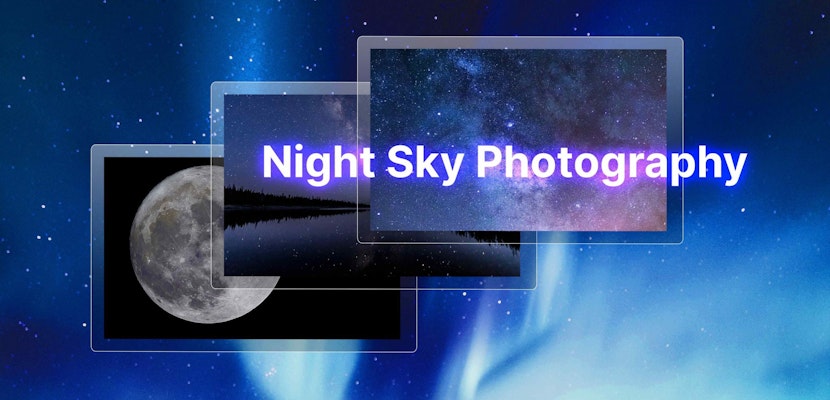The angle from which you shoot your images is incredibly powerful. Your camera angles are a compelling storytelling and composition tool. By changing the angle from which you shoot–low to high, front on to the side, level to tilted–you change the entire feel of your photos. Here’s how it works.
Summary
Part 1: The Main Camera Angles in Photography
1. High Angle
Shooting from a high angle might require a step ladder or even an overhead rig, but it’s a great position to try and very versatile. Let’s start with dominance. When you shoot from a high angle, you place the audience in the dominant position and give a feeling of vulnerability to your subject. This can make your subject look small or weak, but if done more sympathetically, it can also suggest something more tentative or nervous.
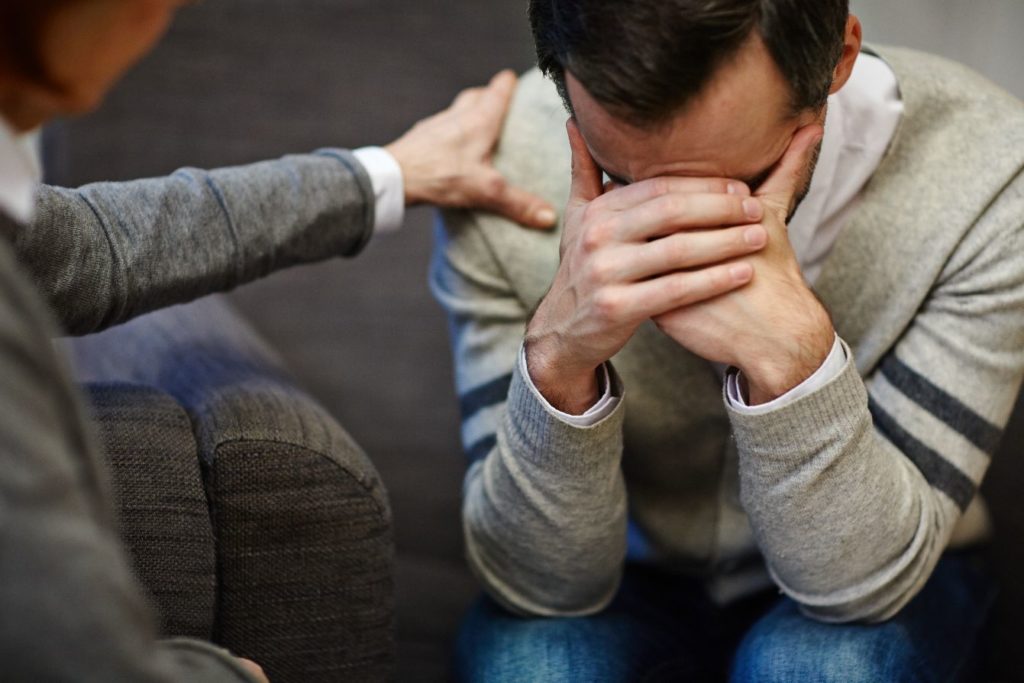
Overhead shots can also give a feeling of intimacy, sometimes even verging on voyeurism. Think about photographing a young family from overhead on a lawn, beach, or even in bed. Change a young family to a couple, and you have a different type of photo.
High angles, especially overhead shots, are excellent for food photography, showing off everything on the plate or in the dish and helping to keep distractions out of the background.
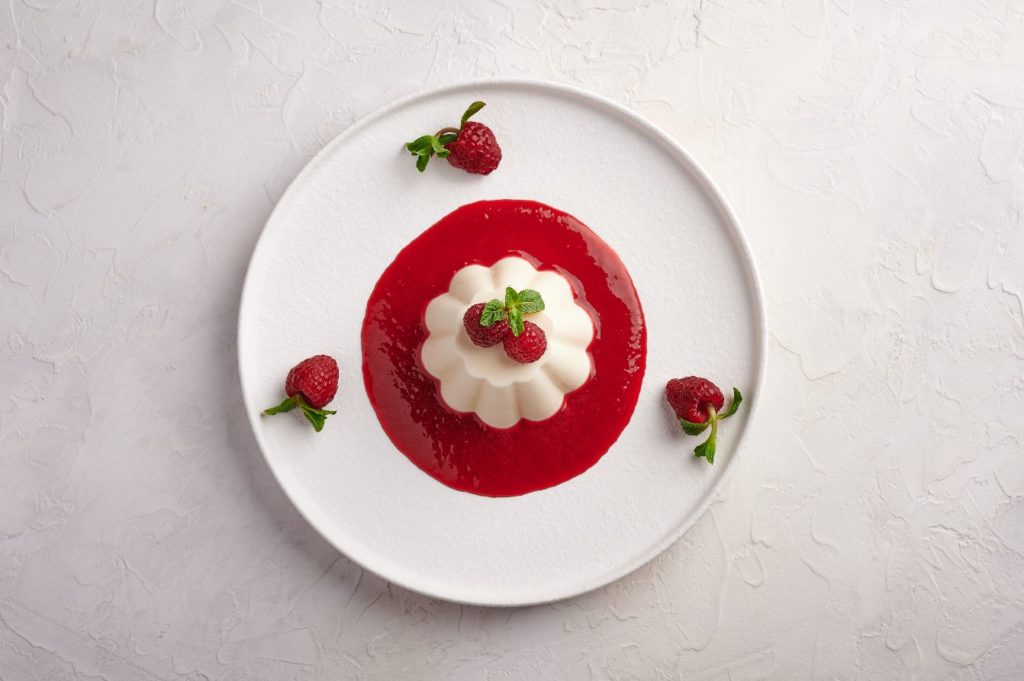
Finally, a higher angle can give your audience a sense of place, allowing them to imagine the surroundings and environment.
2. Low Angle
When you get down low, you put the subject into the dominant position and can make them appear powerful, in control, or even aggressive. They are looking down on the audience and exerting themselves over it. It works just as well with children as adults, emphasizing their confidence.
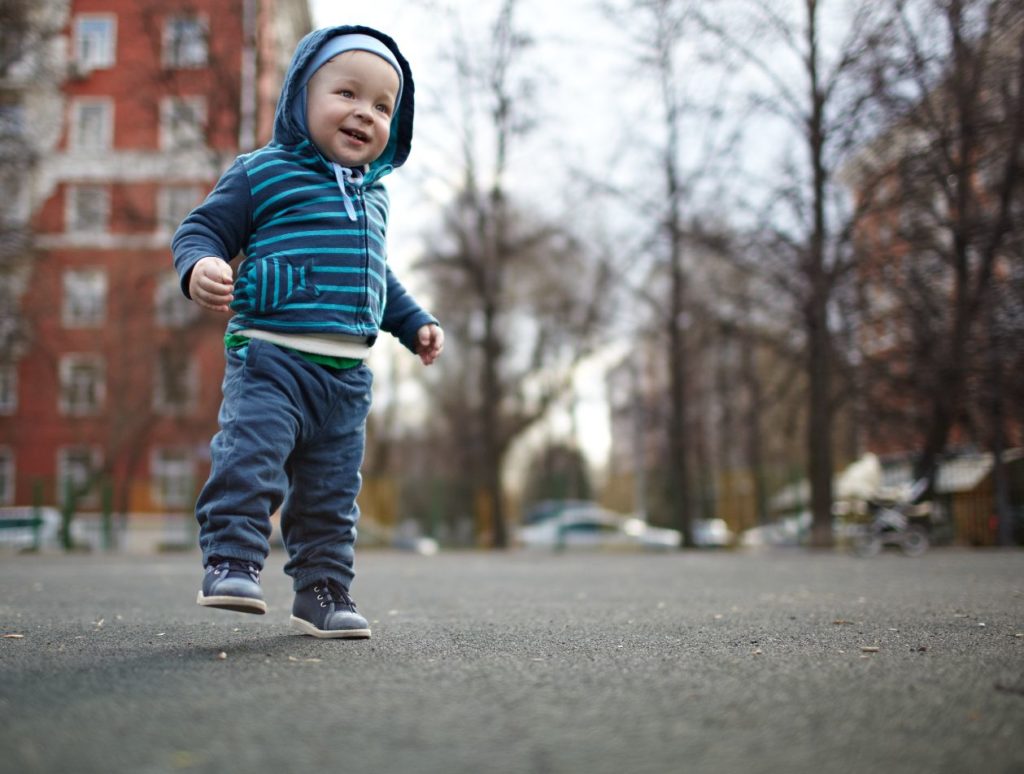
Shooting tall buildings from a very low angle is an effective way to get all of the building into the shot, and to emphasize just how big it is. It’s also an easy way to keep passers-by out of your photos and not have to work around traffic to find the best place to stand!

Worm’s eye views, when you get right down onto the ground and shoot upwards, can create beautiful and evocative horticultural images as well as give a strong sense of place. You might get dirty shooting them, but they are worth it.
3. Eye Level Shot
Eye-level shots put the subject and the audience on the same plane and therefore keep them equal. Neither side is dominant and it can produce a very intimate photo. Think about it: you’ll be looking into each other’s eyes.
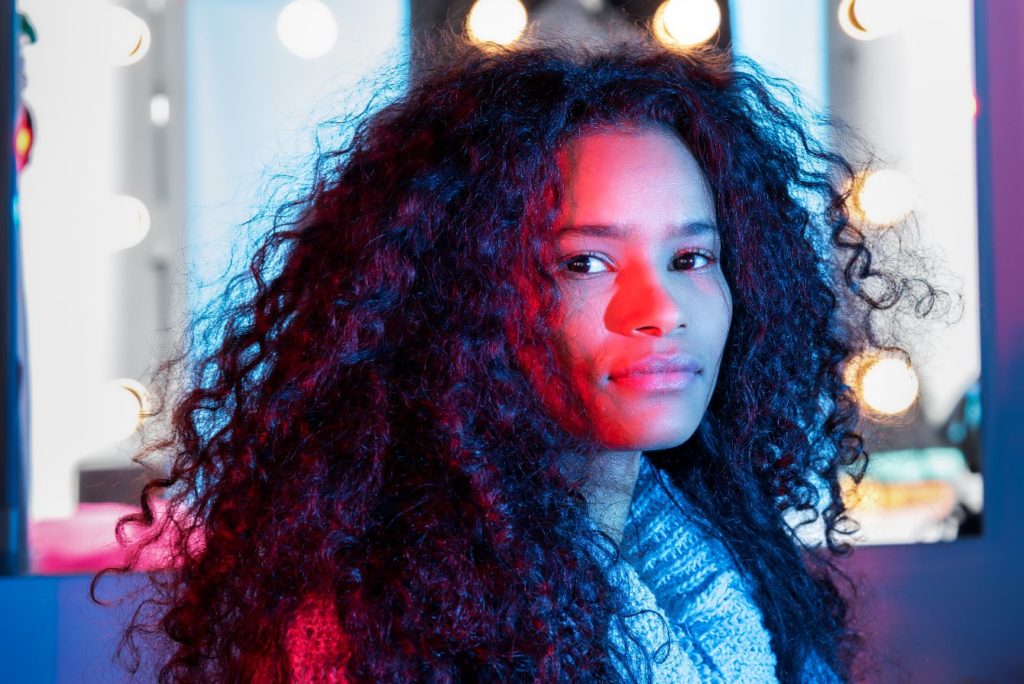
When you’re photographing subjects that are smaller than you, for example, children or animals, it can be easy to shoot them from above simply because you’re taller than they are. It’s much better to get down on your knees and bring yourself to their eye level. You’ll get a much more natural and intimate image.

4. Dutch Angle or Dutch Tilt
When you alter the angle of your camera so that you are shooting with the horizon at, say, 45º rather than perfectly level, you’re shooting with a Dutch tilt or Dutch angle.
This change in angle can be great for suggesting fun, movement, excitement, and speed as if you’re racing to keep up with your subject. You can also use it with a more sinister feel, to suggest that something isn’t quite right and to unnerve your audience.

The important thing to remember when you work with a Dutch tilt is that you need to do it deliberately. You can’t be just a few degrees off of level; it needs to be obvious that you’re skewing the horizon. The human brain is sensitive to levels; if it isn’t sufficiently deliberate, the angle will feel irritating or even disorienting rather than creative.
Part 2: Additional Camera Angles Photographers Need to Know
1. Wide Angle Shot
Wide-angle shots are excellent for setting a scene and giving your audience an overview of a situation. They are also very evocative.
You can use wide-angle shots to suggest just how small your subject is in comparison to their environment. Or you can overawe the audience with the environment, and make them feel a sense of wonder, or insignificance or amazement.
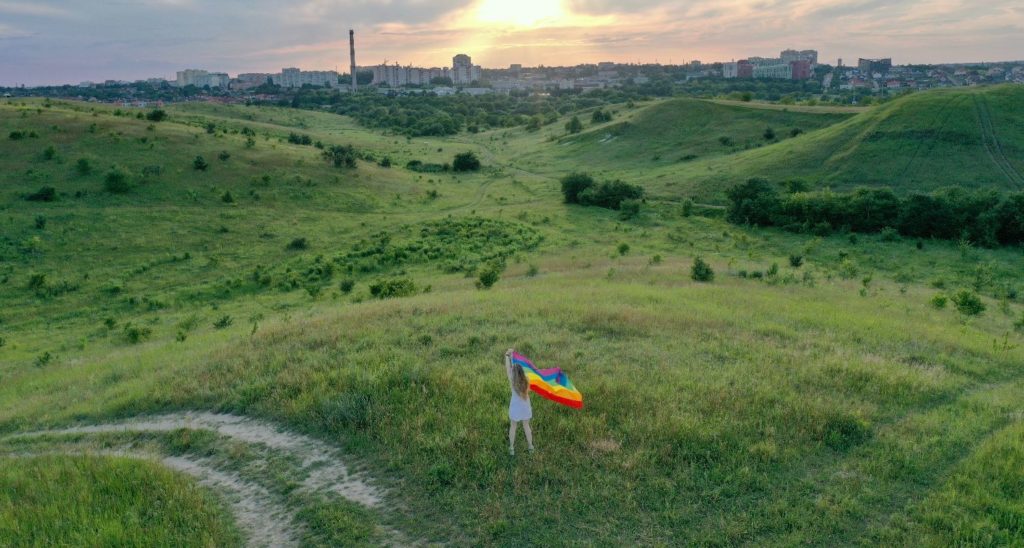
When you shoot wide-angle shots, make sure that you have a clear subject and focal point. It’s very easy to look upon a beautiful vista only to revisit the photo and think “What was I looking at here?” It might be beautiful, but without something to hold the attention of the viewer and to drive the story, it becomes meaningless. Make sure you have an anchor to retain the audience’s attention and make use of leading lines and balance to draw them into the scene and tell your photo’s story.
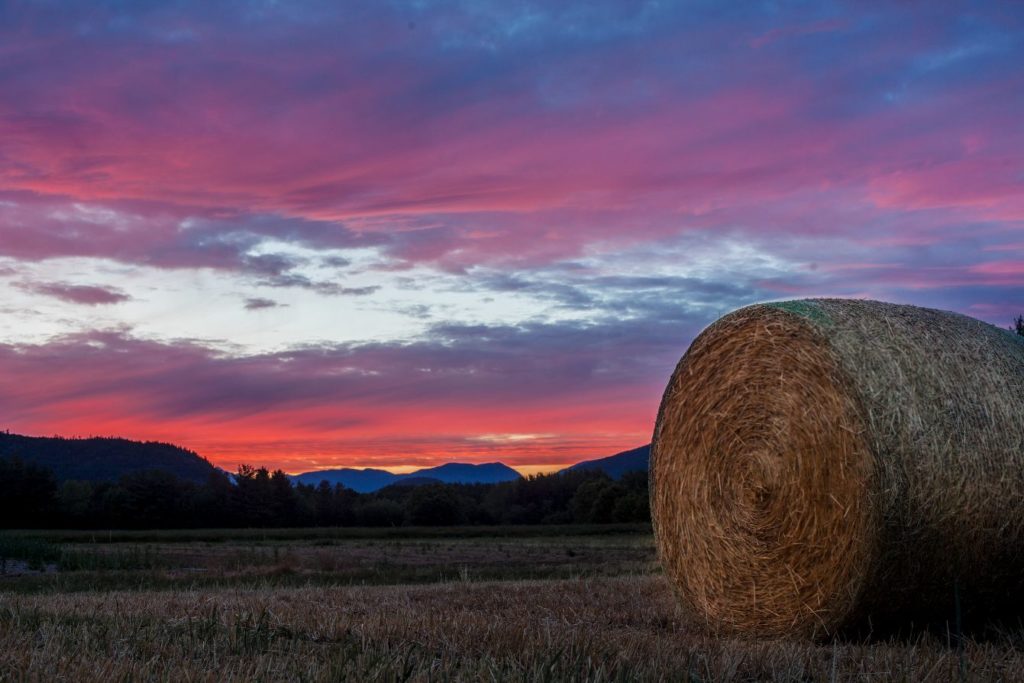
2. Close-Up Shot
Close-up shots are the most intimate of the intimate and can be shot from any angle. As well as being very revealing, they can also be very confronting. Being face-to-face with someone close-to can be quite alarming just as much as it might feel tender or a little vulnerable.
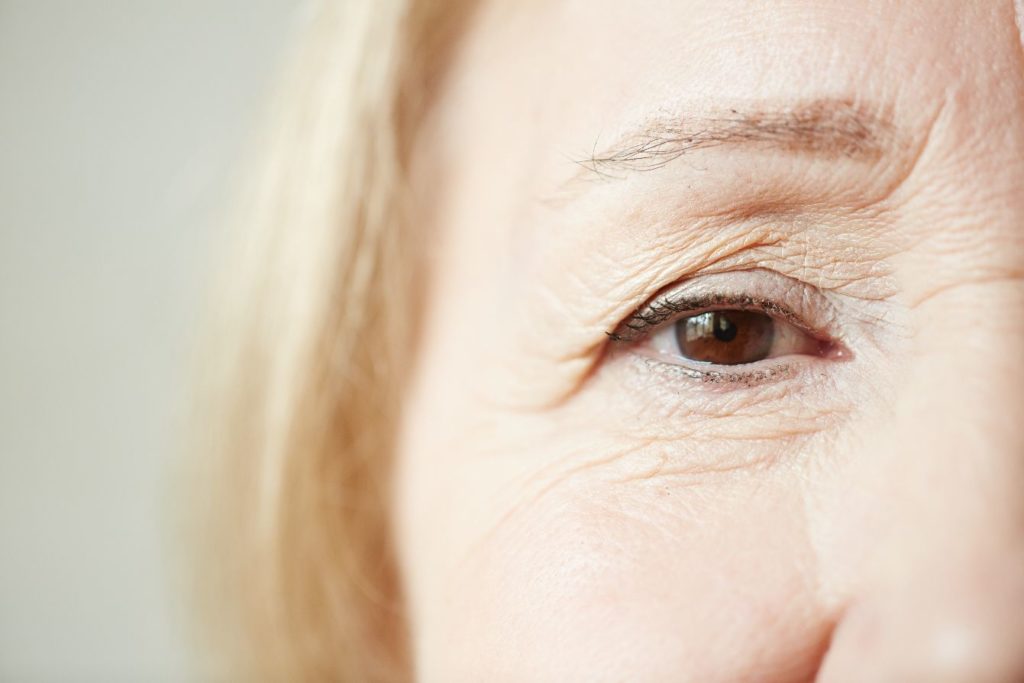
Look for details when you shoot close-up shots, for example, texture and color. Is getting in close highlighting patterns that might otherwise be missed? Watch for the light, too. Are you casting a shadow by getting in close? Do you want to make use of chiaroscuro for an intense shot? Are you capturing an interesting catchlight in your subject’s eyes?
3. Side Angle
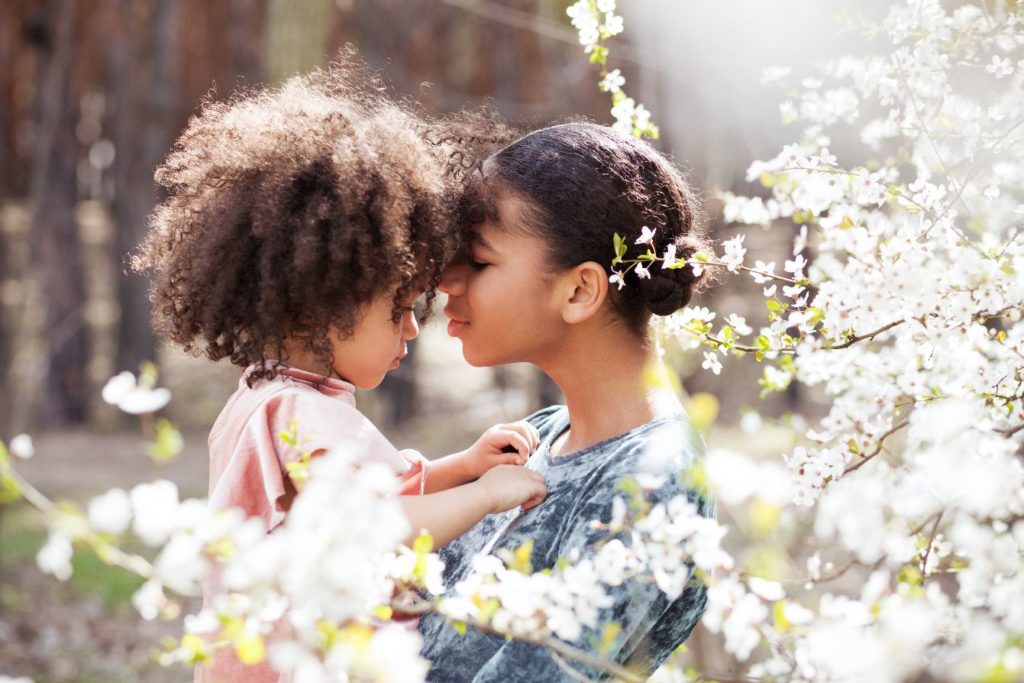
Shooting your subject at 90º to the camera turns you and the audience into observers. You are regarding your subject here, rather than engaging with them and forming an active relationship. While this can be creepy, it doesn’t have to be. It can also be very natural and more documentary in nature, too.
When you’re photographing people who feel nervous in front of the camera, a side angle shot can help to relax them and feel more comfortable. They don’t have to look at you or the camera, which can reduce feelings of self-consciousness, and bring you some lovely natural-looking images.
Trying different camera angles can require a bit of preparation, for example, if you need a step ladder, or may result in you getting a bit dirty or uncomfortable if you’re on your knees, but they really are worth it. You can shoot the same person in the same setting with the same clothes and by moving from high to low to side-on or eye level, you’ve given yourself a selection of very different feeling images. Give it a go and you’ll see what we mean.

























